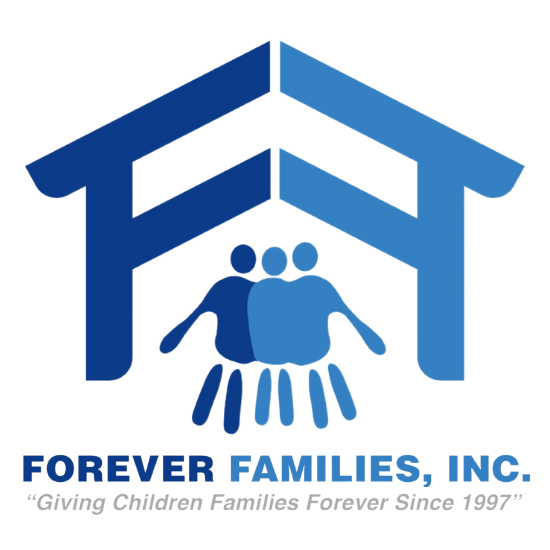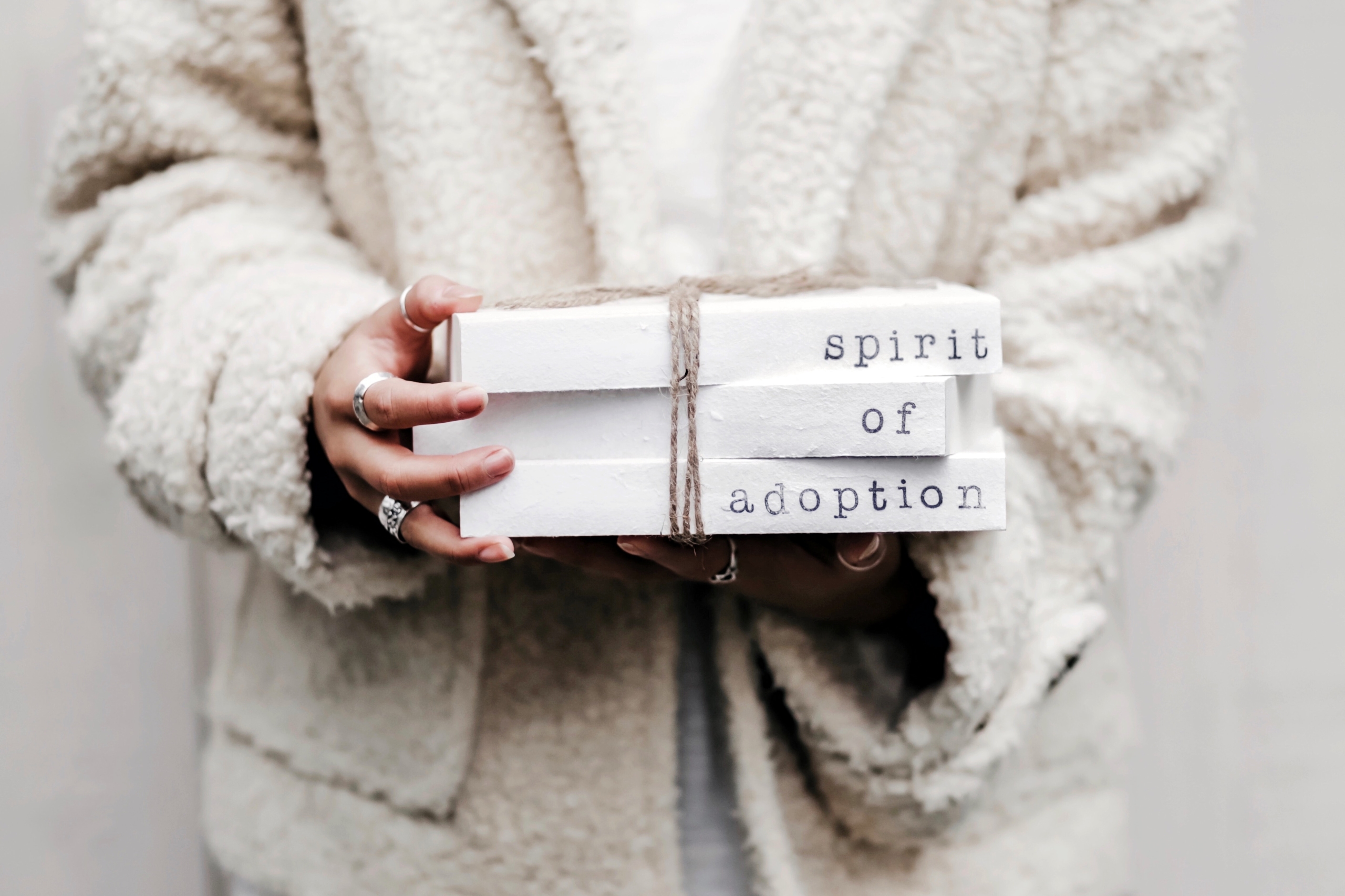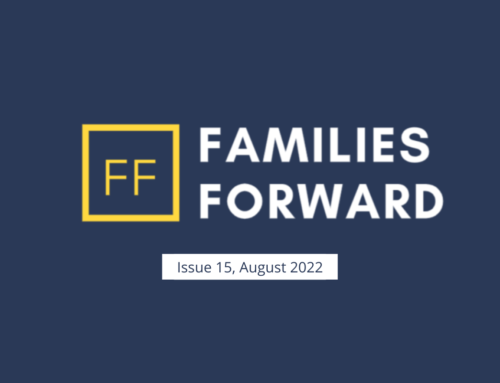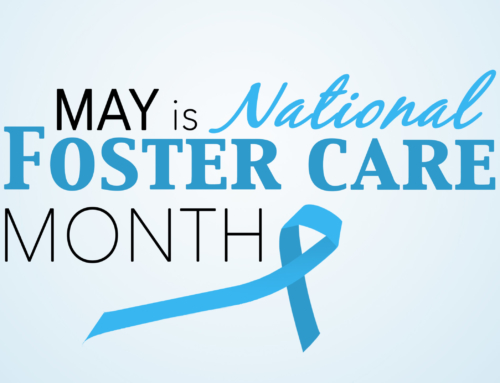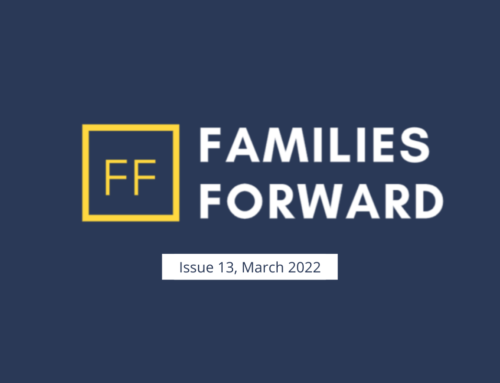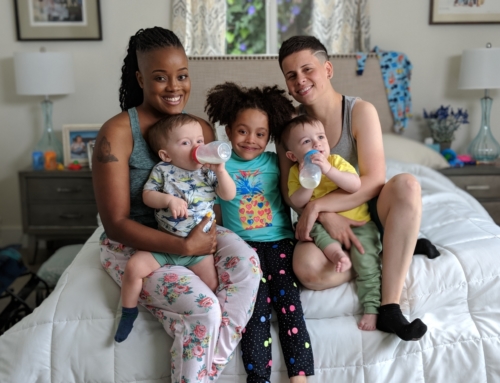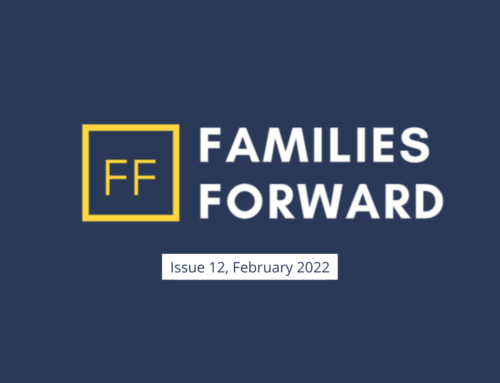What is an open adoption?
An open adoption is defined as when the adoptive parent(s) and the birth parent(s) have varying degrees of contact with one another and opt to share certain identifying information, both during and after the adoption process. Identifying information may include full names, phone numbers, email addresses, home addresses, etc. Contact methods between the adoptive and birth families may include phone calls, email exchanges, photo exchanges, texting, in-person visits, etc.
Open adoptions come in many forms and may look different for each family in order to match their specific wants and expectations. There is no “right” or “wrong” way to do an open adoption. The amount of contact and information shared is decided on a case-by-case basis to ensure both families are comfortable and happy with the level of contact. For example, an adoptive family may choose to create a Facebook page that only the birth parent(s) can view and upload pictures and videos of the adopted child. The adoptive and birth families may agree to a once-a-year in-person visit in the community or agree to regular email or text exchanges. As the child grows, the adoption can also become more or less ‘open’. Like all relationships, they will continue to change and evolve as time goes on. It is important for adoption professionals to facilitate conversations between adoptive and birth families about their expectations for an open adoption and assist both families in developing a plan.
How many families opt for an open adoption?
In the 1990s, it is estimated that fewer than 5 percent of all domestic adoption cases were open adoptions. In more recent years, studies have shown that over 90 percent of all adoption agencies recommend open adoption plans for their clients and 95 percent of all U.S. infant adoptions have some level of openness. Open adoptions are becoming the new norm as the benefits it may have for all parties involved are coming to light. With all relationships, there may be difficult times during the process or throughout the adopted child’s life, which is why communication between the families is so important to ensure comfort for everyone involved.
Benefits of having an open adoption:
There are numerous benefits of an open adoption for the adoptive parent (s), the birth parent(s), and the child. Opting for an open adoption provides adopted children with the opportunity to learn about their biological family and understand their heritage, and answer their questions about why their birth parent(s) did an adoption plan for them. This could potentially spare the adopted child from wondering where they came from or trying to understand who they are. When children have a clear sense of their heritage and background, it increases their self-esteem. An open adoption also serves as a protective factor for the adopted child that can help mitigate feelings of abandonment, because they can receive the answers they may be wondering about otherwise. Allowing the birth parent(s) to be in the child’s life expands the child’s support system and increases the number of people who love them to be in their lives.
One benefit of an open adoption for the adoptive parents includes the ability to get a more comprehensive bio/psycho/social history for the adopted child to be better prepared for the child’s future. For the same reasons the adopted child can benefit, the adoptive parent(s) can also benefit. The adoptive parent(s) will have the opportunity to ask questions of the birth parents to gain a better understanding of why the birth parent(s) are choosing adoption. This better equips the adoptive parent(s) to deal with difficult questions they may receive from the adopted child as they get older.
Lastly, the birth parent(s) also benefit from an open adoption. An open adoption assists the birth parent(s) in coping with the feelings of grief or loss they may be experiencing following relinquishing their child. An open adoption can also help to reduce any feelings of guilt or difficult emotions the birth parent(s) may be feeling for making the difficult decision of adoption. The birth parents being allowed to develop a relationship with the adoptive parent(s), know where their child is, and that they were placed in a good home can provide them with peace of mind. An open adoption for the birth parent(s) also reduces their amount of fear and the need to search for answers that some birth parent(s) experience in closed adoptions. Having some contact and being able to develop a relationship with their child can bring joy and a sense of peace for the birth parent(s). It is important for many birth parents to feel as if they have the ability to get to know their child and develop a connection with them. Many times, the birth parent(s) also end up developing a positive and supportive relationship with the adoptive parent(s) which can be beneficial for both families.
An open adoption can be a positive arrangement for most families and can benefit the birth parent(s), adoptive parent(s), and the adopted child throughout the course of their lives. It can provide all members of the adoption triad with peace of mind and a defined role in one another’s lives.
